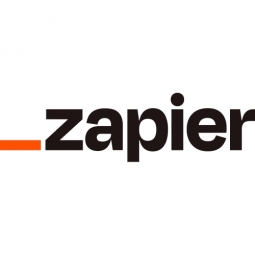Automation: The Key to Halo Cars' Rapid Growth and Acquisition by Lyft
- Automotive
- Finance & Insurance
- Sales & Marketing
- Leasing Finance Automation
- Material Handling Automation
- System Integration
Halo Cars, a rideshare advertising startup, was founded by Kenan Saleh, Faizan Bhatty, and Ryanne Fadel during their senior year of college. The business model allowed rideshare drivers to earn extra money by installing Halo Cars hardware and displaying ads on and in their cars. The company experienced rapid growth, but their onboarding process for new drivers was highly manual and time-consuming. Each new driver required more than 10 manual interventions and approximately 2-3 hours of hands-on work. This process involved calling potential drivers, updating spreadsheets, sending and receiving emails, and organizing information in Google Drive. As the company grew, this manual process became increasingly unsustainable and hindered the company's ability to scale effectively.
Halo Cars is a rideshare advertising startup that was founded by Kenan Saleh, Faizan Bhatty, and Ryanne Fadel. The company provides a platform for rideshare drivers to earn extra income by displaying ads on and in their cars. The company was founded during the founders' senior year of college and experienced rapid growth, leading to its acquisition by rideshare giant Lyft in less than a year. The company's growth was fueled by a high-touch onboarding process for new drivers, which was later automated using Zapier to allow for more efficient scaling. Today, the team operates as Lyft Media, a unit within Lyft, and continues to rely on automation for its operations.
To address this challenge, Halo Cars turned to Zapier, a platform that allowed them to create custom automated workflows to handle these manual tasks. After setting up a few 'Zaps'—the term for a workflow created in Zapier—the company dramatically reduced their hands-on time spent on onboarding new drivers. The automation process reduced the steps to 0-1, where intervention was only needed if something went wrong. This shift from hours to minutes made the process much more scalable. Furthermore, the automation freed up the team members who used to manage the onboarding process, allowing them to focus on more creative and challenging tasks. The team also found other processes to automate, such as creating calendar events and tracking sales in Airtable, and adding automation to their equipment issue reporting and notification system.
Related Case Studies.











